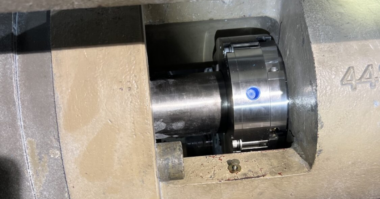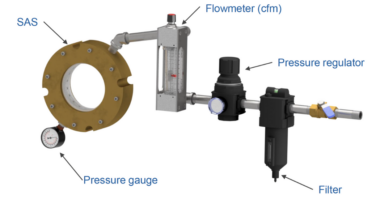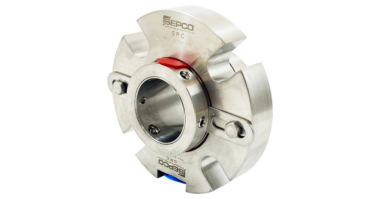The collaboration between this Alabama-based mill and SEPCO exemplifies the importance of tailored sealing solutions in demanding industrial environments.
Background:
An Alabama-based pulp and paper mill specializes in producing premium-grade recycled paper. The mill’s operations involve several applications, each requiring specialized pumps.
Challenge:
During the brown stock washing stages, the mill faced recurrent seal failures in its centrifugal pumps. The high temperature, combined with the abrasive nature of the pulp and the caustic chemicals, led to rapid wear of the seal faces. The MTBF (Mean Time Between Failures) for the seals was averaging just 3 months.
Technical Assessment:
A thorough analysis by SEPCO revealed:
- Seal face materials were not optimal for the abrasive and caustic environment.
- The single seal design was inadequate for the high-temperature, high-pressure conditions.
- Lack of proper flush plans led to seal faces running dry, causing overheating and premature wear.
Solution:
Material Upgrade:
- Seal faces were changed to a balanced, stationary design with a combination of reaction-bonded silicon carbide (RB SiC) against tungsten carbide (WC). This combination offers excellent resistance to wear and thermal shock.
Dual Mechanical Seals:
- A cartridge-type dual mechanical seal was introduced. The design ensured that the inboard seal operated in a controlled environment, isolated from the abrasive media.
- The outboard seal acted as a backup, preventing any potential leakage to the environment.
API Flush Plans:
- An API Plan 53B was implemented using a pressurized barrier fluid system. The barrier fluid, a compatible heat transfer oil, provided cooling and lubrication to the seal faces, ensuring they never ran dry.
- A thermosiphon effect was utilized, with a heat exchanger cooling the barrier fluid, maintaining it at an optimal temperature.
Technical Training:
- SEPCO provided hands-on training for the mill’s maintenance team, focusing on the installation, monitoring, and maintenance of the new sealing system.
Implementation:
The mill’s pumps were retrofitted with the new sealing solutions during a scheduled shutdown. Real-time monitoring systems were also installed to track seal performance and barrier fluid conditions.
Outcome:
- The MTBF for the seals increased to over 18 months, a six-fold improvement.
- Real-time monitoring allowed for predictive maintenance, further reducing unplanned downtimes.
- The barrier fluid system, combined with the dual seal design, ensured zero leakage, aligning with the mill’s environmental sustainability goals.
Conclusion:
The collaboration between this Alabama-based mill and SEPCO exemplifies the importance of tailored sealing solutions in demanding industrial environments. By leveraging advanced materials, design, and support systems, The mill achieved significant operational and environmental milestones.





Comments